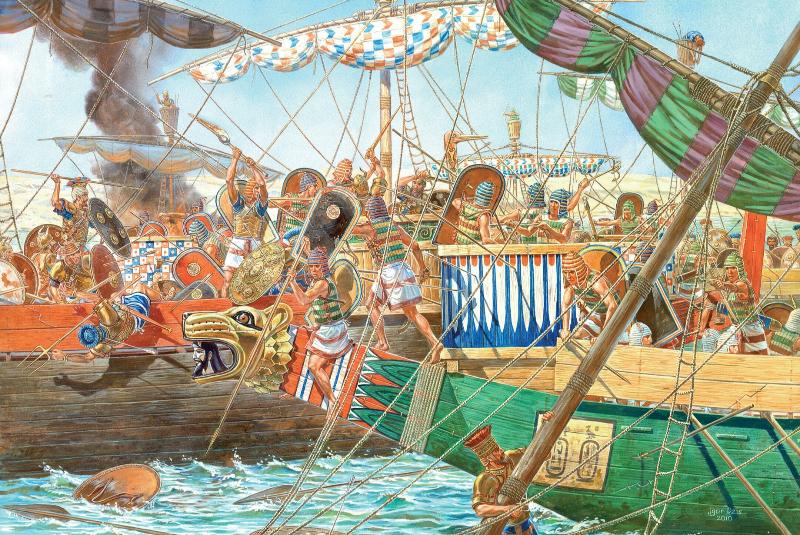In a world where age and experience are often seen as prerequisites for achievement, there comes a tale that defies such expectations—a narrative about a young girl named Daisy Ashford who, at the mere age of nine, composed a novel that would astonish the literary community and readers alike. This wasn’t just any story scribbled in the leisure of juvenile pastime; it was a work that would become a literary sensation, beloved by a diverse audience and talked about by critics and notable authors of the time. The novel in question, "The Young Visiters," spelled with Ashford’s original and unconventional "visiters," has become a beacon of youthful creativity and a testament to the unpredictability of success.
Before diving deeper into this fascinating story, let's reflect on the environment that incubated such a young talent. The late 19th century was a period of rapid social and cultural change. Literature was one of the avenues where such transformations were often discussed, analyzed, and sometimes criticized. It was an era where the works of Charles Dickens, Thomas Hardy, and other renowned writers were shaping the English literary canon. Against this backdrop, a nine-year-old girl, Daisy Ashford, penned a narrative that captured the essence of upper-class society with a charm and innocence that only a child could possess.

Ashford was an English writer born in 1881 in Petersham, Surrey. Her family nurtured a love for literature and storytelling, which undoubtedly influenced her early foray into writing. The world into which she was born was one on the cusp of the modern era, yet still deeply rooted in Victorian values and aesthetics. This duality of time and thought is captured in the pages of "The Young Visiters," which she wrote in an old school exercise book, in her childhood's untrained yet imaginative prose.
The narrative of "The Young Visiters" chronicles the adventures and mishaps of Mr. Salteena, an "elderly man of 42," and his experiences within the British upper-class society. The charm of the novella lies not only in its storytelling but also in its authentic child’s perspective, replete with misspellings and the kind of guileless observation that could only come from a youthful mind unclouded by the pretenses of adulthood. The authenticity of the narrative voice, combined with the astute social commentary, creates a reading experience that is at once delightful and thought-provoking.
Fast forward to the year 1917, Daisy, now in her thirties, stumbled upon the manuscript while sifting through her late mother's belongings. The discovery of this juvenile work, untouched by time, amused her greatly. She shared this relic of her childhood with friends, and it eventually made its way to the publisher Chatto and Windus. The publishers recognized something unique in the scribblings of young Ashford and decided to publish the novella as it was, errors and all, deciding that to alter it would be to lose its inherent charm and diminish its authenticity.
When "The Young Visiters" was finally published, the literary world was taken aback. It was not just the novelty of a child’s work reaching publication that caused a stir but the genuine quality of the narrative. Critics and literary enthusiasts marveled at the simple yet piercing insights into society, the unfiltered innocence, and the unintentional humor that pervaded the text. The fascination was such that the author of "Peter Pan," J.M. Barrie, felt compelled to write a preface for the book, cementing its place as a serious work of literature.
This endorsement by Barrie, a literary giant of his time, caused a ripple effect that few could have predicted. The initial print run sold out swiftly, and the book went through approximately 18 reprints in its first year alone. The public's appetite for Ashford's work was insatiable, but it also sparked a debate. Some believed that the novel was too good to be the work of a child, speculating that it was a clever ruse by Barrie himself—a social experiment of sorts where the novella was a construct of his making, complete with intentional misspellings and the child-like narrative voice to critique or satirize society. However, Daisy Ashford maintained the authenticity of her authorship, asserting that the novel was indeed a product of her nine-year-old self.
The success of "The Young Visiters" had a profound impact on Ashford's life. With the royalties from the book's sales, she chose a path that veered away from the expected trajectory of a revolutionary writer. She purchased a farm, seeking a life closer to nature—a life where, as she would say, she could appreciate "fresh air and royalty cheques." This statement not only encapsulates her pragmatic approach to her newfound wealth but also illustrates her desire for a life unencumbered by the complexities of literary fame.
Ashford's experience offers a rich narrative not only in the context of literary history but also in the broader discussion of creativity and the capacity for greatness at any age. Her story serves as a reminder that talent can manifest early and that sometimes the unpolished, unrefined expressions of youth can hold as much weight, if not more, than the calculated compositions of the experienced.
As we reflect on Daisy Ashford’s journey, it’s worth considering the broader implications of her success. Her experience raises questions about the nature of talent and the factors that contribute to literary acclaim. Is it the uniqueness of the author's voice, the authenticity of the narrative, or simply the caprices of public interest that determines what becomes a bestseller? Ashford's "The Young Visiters" seems to suggest that all these elements have a role to play.
Understanding the Impact of "The Young Visiters"
The critical and commercial success of "The Young Visiters" was not merely a flash in the pan. It signified a moment when the literary world paused to reconsider its preconceived notions about authorship and merit. The fascination with Ashford’s novella was compounded by its transparency—the raw, unedited thoughts of a child offered a stark contrast to the polished works of her contemporaries. The appeal of her novel extended beyond the novelty of her age; it resonated with an audience seeking freshness and authenticity, yearning for a glimpse into the untainted perspective of youth.
Ashford’s work also opened up conversations about the portrayal of society and class in literature. Through the adventures of Mr. Salteena and his foray into the upper echelons of British society, readers were offered a satire that was both light-hearted and incisive. The misspellings and grammatical inaccuracies, rather than diminishing the work's value, added a layer of sincerity and charm. It was a satire that did not come from a place of cynicism but rather from the honest and unguarded observation of a child.
In retrospect, the success of "The Young Visiters" also serves as a precursor to a modern phenomenon—the viral sensation. Today, with the advent of the internet and social media, it is not uncommon for works, ideas, or performances by the very young or the untrained to gain rapid and widespread popularity. Daisy Ashford’s story was perhaps one of the early instances of this kind of unexpected and widespread acclaim in the field of literature.
Moreover, the story behind the story is equally compelling. The manuscript lay dormant for years, a forgotten relic of childhood, only to be rediscovered and celebrated decades later. It serves as a metaphor for the latent potential that lies within each person, waiting for the right moment to be unveiled. It reminds us that the seeds of greatness can be sown early in life, and their fruits might be harvested much later, sometimes when we least expect it.
The Legacy of Daisy Ashford
The legacy of Daisy Ashford and "The Young Visiters" endures beyond the initial spectacle of its publication. The book has been adapted for the stage and screen, allowing new audiences to experience the tale with all its quirks and charms. The continued interest in Ashford’s work highlights the timeless appeal of genuine storytelling, one that transcends the need for technical perfection.
Furthermore, Ashford’s decision to step away from the limelight after her initial success is a narrative that bucks the trend of relentless self-promotion often seen in the arts. Her choice to retreat to a simpler life, to prioritize personal contentment over continued public success, poses an interesting commentary on the nature of fame and personal fulfillment.
In educational and literary circles, Ashford’s work has been cited as an example of the importance of encouraging creative expression from an early age. It serves as an inspiration for young writers and a reminder to educators and parents to nurture and value the creative outputs of children, no matter how unconventional they may seem.
In conclusion, Daisy Ashford’s "The Young Visiters" stands as a fascinating anomaly in literary history. From its unique authorship to its remarkable journey to publication and enduring impact, it is a story that continues to captivate and inspire. The novella and its backstory offer a wealth of insights into creativity, success, and the value of authenticity in art. As we revisit the extraordinary case of Daisy Ashford, we are reminded of the unpredictability of talent and the various forms in which it can manifest, encouraging us to look beyond the conventional and to appreciate the pure, unrefined expressions of the human experience.




